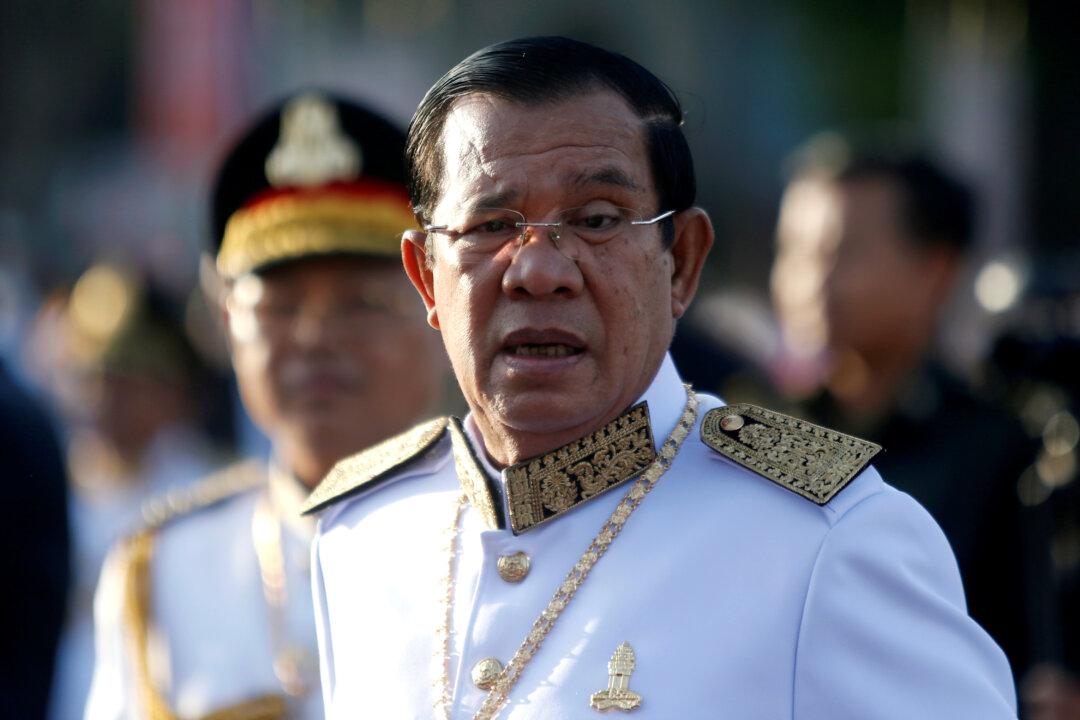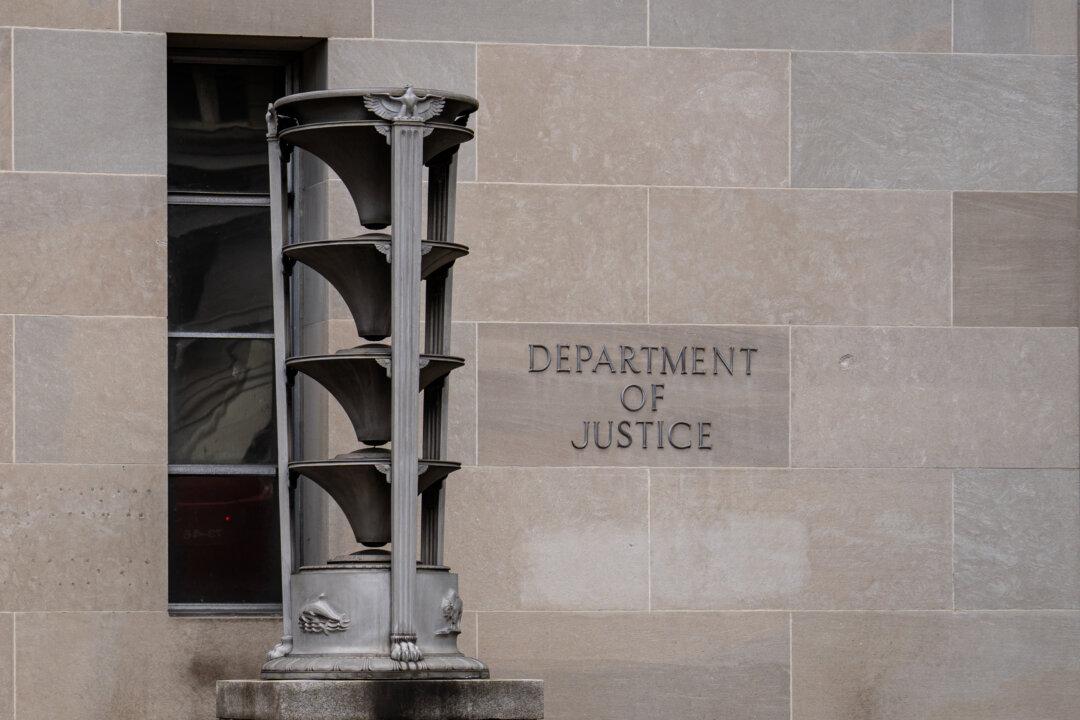China has offered Cambodia a grant package worth 300 million yuan ($44 million) to support railway construction as the two communist-ruled nations seek to build a “diamond cooperation framework” in six areas.
Chinese leader Xi Jinping announced the grant package after a Feb. 11 meeting with his Cambodian counterpart, Hun Sen, who was on a three-day official visit to China, the National Television of Cambodia reported.





